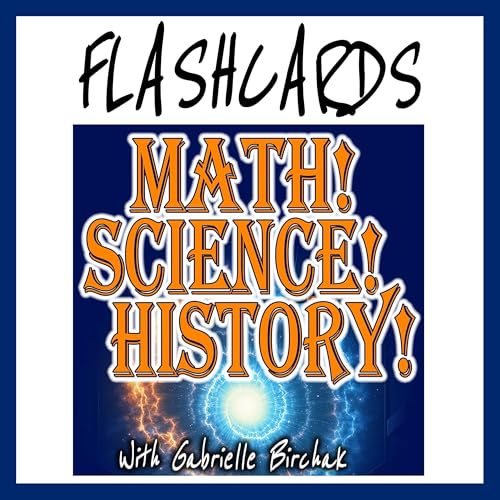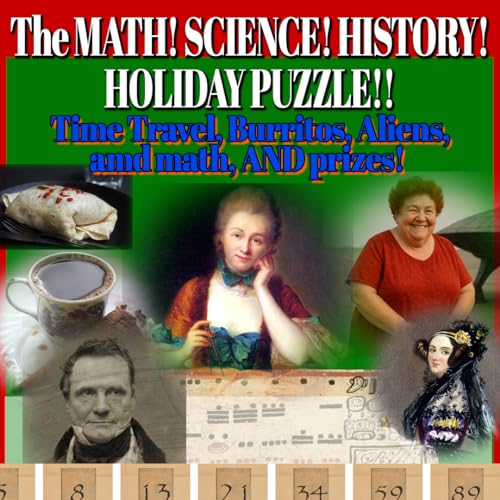If you enjoy learning how chemistry, math, and history shape everyday life, follow Math! Science! History! and share this episode with someone still blaming the turkey!
Why does tryptophan always get accused of making everyone sleepy after Thanksgiving? Today's Flashcards Friday takes a closer look at the real science behind this famous amino acid , including how it works in the body, why carbohydrates change everything, and how tryptophan connects to your mood and even your sense of gratitude. Whether your plate had turkey or tofu, this tiny molecule has a much bigger story to tell.
Three Things You'll Learn in This Episode: The Tryptophan Edition - How tryptophan actually enters the brain and why the carb-insulin ratio determines whether it succeeds.
- Why vegetarian foods often contain more tryptophan than turkey, and how plant-based meals create the same post-meal calm.
- How serotonin and tryptophan connect to emotional resilience and gratitude, especially after warm, shared meals.
🔗 Explore more on our website: mathsciencehistory.com
📚 To buy my book Hypatia: The Sum of Her Life on Amazon, visit https://a.co/d/g3OuP9h
🌍 Let's Connect!
Bluesky: https://bsky.app/profile/mathsciencehistory.bsky.social
Instagram: https://www.instagram.com/math.science.history
Facebook: https://www.facebook.com/mathsciencehistory
LinkedIn: https://www.linkedin.com/company/math-science-history/
Threads: https://www.threads.com/@math.science.history
Mastodon: https://mathsciencehistory@mathstodon.xyz
YouTube: Math! Science! History! - YouTube
Pinterest: https://www.pinterest.com/mathsciencehistory
🎧 Enjoying the Podcast? 🔗 Explore more on our website: mathsciencehistory.com
Do you want the ad-free podcast?! Visit us at Supercast at www.MathScienceHistory.Supercast.com - pick a tier, and immerse yourself without the ads!
☕ Support the Show: Coffee!! PayPal
Leave a review! It helps more people discover the show!
Share this episode with friends & fellow history buffs!
Subscribe on your favorite podcast platform
Check out our merch: https://www.mathsciencehistory.com/the-store
Music: All music is public domain and has no Copyright and no rights reserved.
Selections from The Little Prince by Lloyd Rodgers
Until next time, carpe diem!
 2025/12/1621 分
2025/12/1621 分 2025/12/1212 分
2025/12/1212 分 51 分
51 分 9 分
9 分 22 分
22 分 2025/11/289 分
2025/11/289 分 20 分
20 分 9 分
9 分
